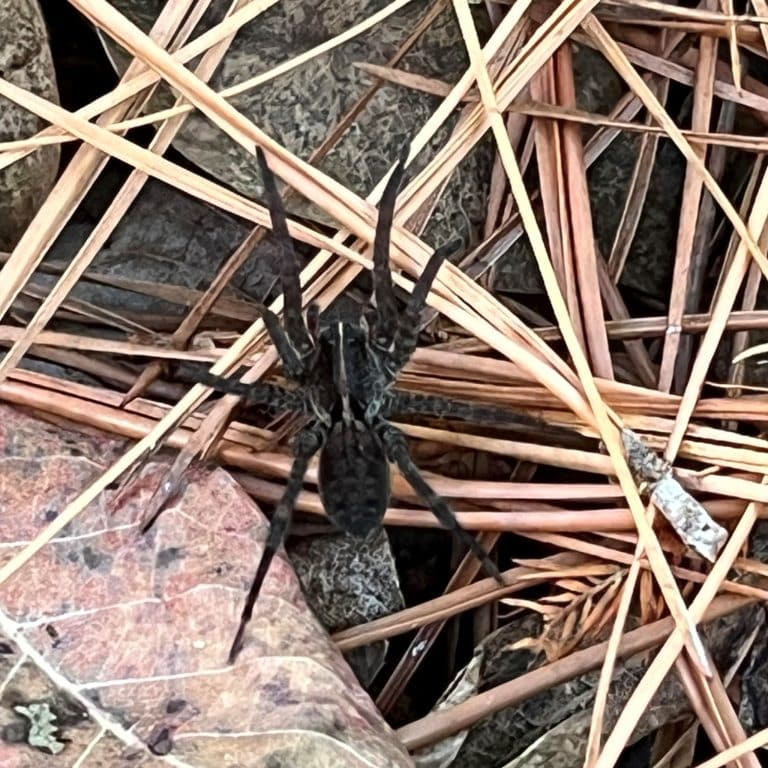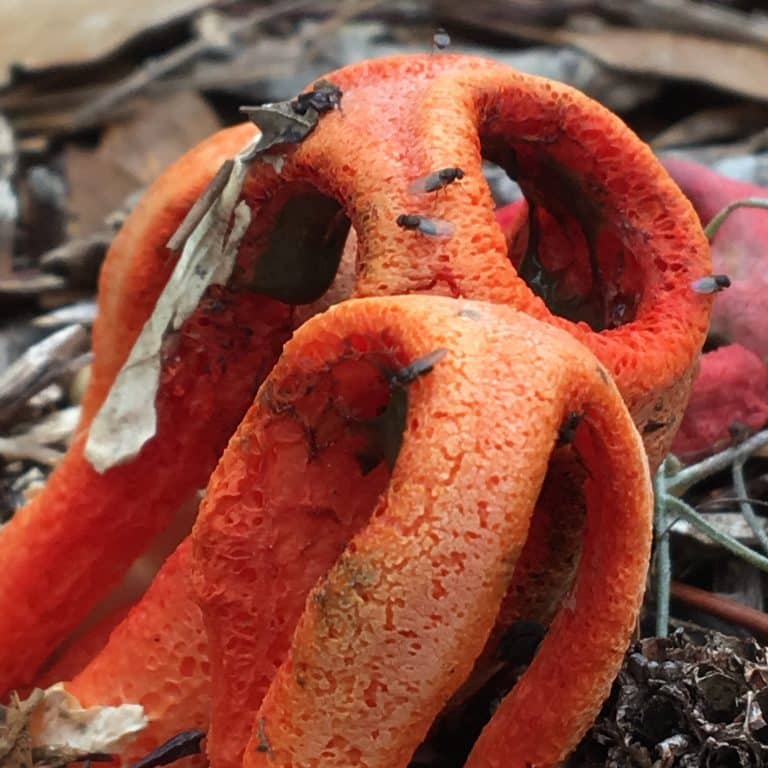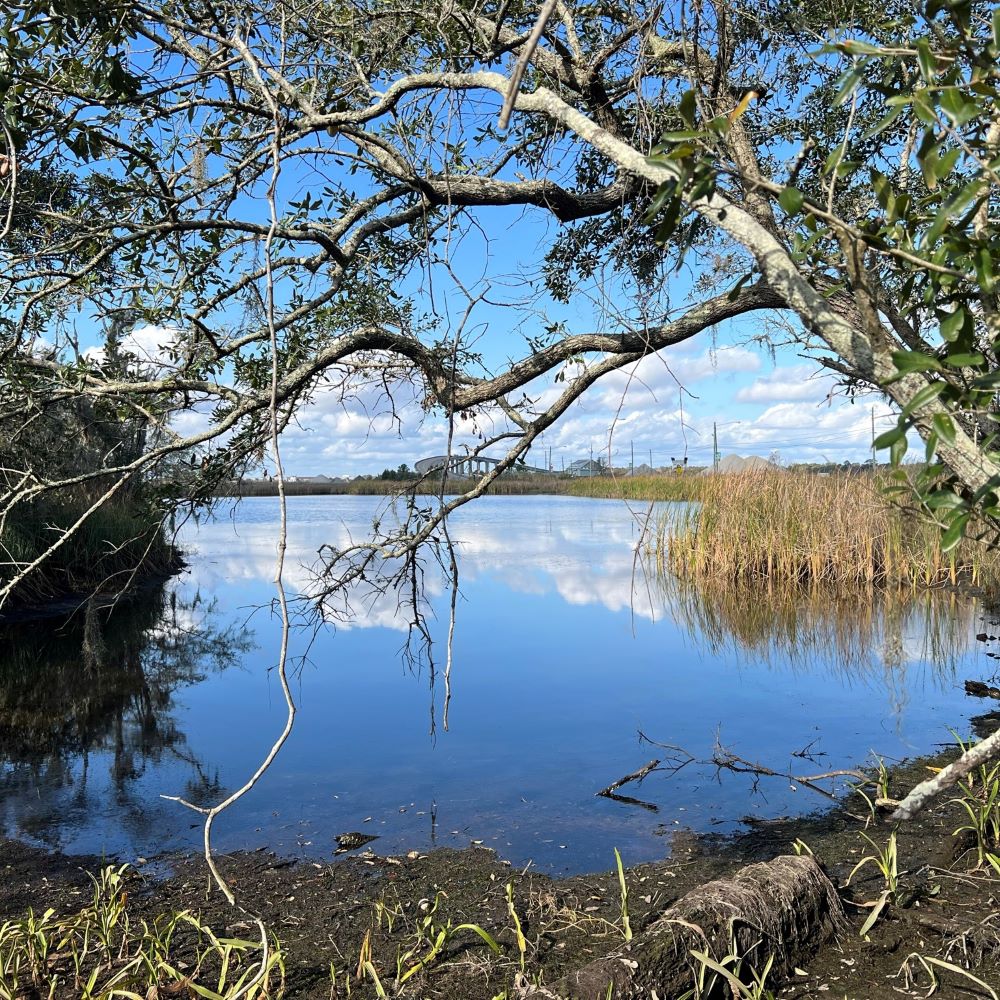For many of us, an unhurried walk in nature is medicine for the mind and soul. Whether strolling through a local park or a nature trail, the sights and sounds can provide a respite for life’s stresses. There is always something new to discover, even on a trail or path that we have walked a hundred times.
And fall is a great time to take your first walk if you have yet to partake a dose of nature. The best part is that you do not have to know a thing to get started. Your eyes, ears and other senses serve well toward discovering whatever crosses your path. Here are a few tips on getting started and making a nature walk a habit.
Choosing a site is the easiest part. It can be a local walking path, park or nature trail. Benches along the way are a bonus. Coastal beaches or river paths are some of my favorite places to walk. Flowing water or lapping waves are soothing sounds.
Once you choose a site, a simple exercise can open your senses to many things that you would normally tune out. It is an exercise I call “Using Your Senses to Discover Nature”. I cannot recall exactly where I first saw reference to this exercise, but I have shared it with young and old alike and the best part is that it is easy to remember.
It is simply running through at least four of the five senses we use to navigate our world. You can turn them on all at once or stop and focus on each in turn to discover what is often right in front of you. Of our use of sight, sound, smell, touch and taste, the most important for humans is sight. It is so dominant in humans, that we often forget about the others. Can a teenager hear their parent calling out when they are staring at an electronic screen? Case closed!
So, starting with sight, simply sit a spell and look around you, shifting your view from near to far. You are not likely to see the spider at your feet, if you are so lucky to see one, if you are only looking up or out. Changing the scale opens a range of views.

Take your pick of the remaining senses, but smell is a strong third among them. The sweet smell of flowers is easy enough. But even sour or out right foul smells can be used to identify some organisms, like stinkhorn mushrooms or the flowers of some plants that use foul odors to attract pollinators to them. If you smell like something dead to an insect looking for a corpse, you can use them to take your pollen to the next stinky flower.

So, there you have it, a quick guide to making your walk in nature more than just a walk. Here’s hoping that your first dose is not your last.
Hope to see you in our great outdoors!




